Yes, cats need exercise, too. As with humans, a sedentary lifestyle can lead to negative effects on physical and mental health. But determining how much exercise your cat truly needs comes down to your cat.
Here's how to ensure your cat is getting enough exercise.
How Much Exercise Do Cats Need?
Most kittens have high energy levels and need to exercise an hour or more each day. Adult cats generally need around 30 minutes of exercise per day to stay healthy and happy. However, these two estimates can vary depending on the age, breed, lifestyle, and individual personality of the cat. Some cats may be content with short bursts of activity, while others may need more intense playtime or structured exercise routines.
In the wild, cats naturally get exercise through hunting and playing (which is essentially hunting practice). Because of this, cats with access to the outdoors typically get more exercise than indoor cats. However, your indoor cat can still get the exercise she needs through environmental enrichment, even if space is limited in your home.
Why is It Important for Cats to Exercise?
Regular exercise is an important part of a healthy lifestyle for cats, helping to keep them physically and mentally fit and promoting overall well-being. Encouraging exercise and play can also help prevent behavioral issues like destructive chewing and scratching.
Physical Benefits
Regular exercise helps cats burn calories and maintain a healthy weight. This can help prevent obesity and reduce the risk of associated health problems such as diabetes and arthritis. Plus, exercise helps maintain and build muscle tone and strength in cats. This can be especially important for older cats, who may be more prone to muscle loss and weakness.
Mental Benefits
Exercise provides mental stimulation for cats and helps prevent boredom, anxiety, and depression, which can lead to destructive behavior and other behavioral concerns. Playtime with interactive toys or games can help keep cats mentally sharp and engaged. Regular playtime and activity can help reduce stress and anxiety, prevent behavioral problems, and encourage social interaction with humans and other pets.
How to Exercise Your Cat
Finding the best exercise options for your cat is all about knowing what your cat enjoys. Some cats spend time playing independently while others are more likely to play when a human initiates play. Cats tend to be most active around dusk and dawn, so these are great times to initiate a play session with your kitty.
Try these ideas at home to encourage your kitty to exercise.
Interactive Cat Toys
Interactive cat toys, like food puzzles and battery-operated toys, enable your cat to play without a human. Some cats will bat around tiny toys like catnip mice or balls, but some lose interest if they cannot interact with the toy. Some interactive toys dispense food or have compartments to hide treats, which is great for food-motivated cats. If your kitty needs to shed some pounds, use vet-approved low-calorie treats in these toys, or consider using them for meal time! Making a cat work for its food is a great way to help them lose weight and be mentally stimulated.
Wand Toys
Wand toys are used by humans to play with cats. Many cats go wild when their human brings out the bird-on-a-stick or the feather teaser. A great feature of this type of play is that it reinforces the bond between you and your cat.
Cat Trees
Cat trees provide outdoor-like adventure for cats in the safety of the indoors. They can climb, scratch, lounge, and stretch for hours. It's also a great way for multiple cats to socialize.
Scratching Posts
Scratching posts and mats allow cats to stretch, maintain healthy nails, and exercise their paws. While it may not look like exercise to us, using a scratcher is kind of like kitty yoga.
Exercise Wheels
Exercise wheels look a bit like giant hamster wheels. If your kitty loves to run and you have the space, a cat wheel can be quite enriching. Be sure to purchase yours from a reputable company for your cat's safety.
Other pets in the home may be suitable playmates for your cat as long as everyone gets along. However, a playmate is not a substitute for environmental enrichment and human bonding time. No matter how many pets you have, each one needs individual attention as well as the toys and gear that fit their personality.
- Do indoor cats need a daily walk?
Cats can certainly benefit from daily walks, but it's not necessary for all cats. If your cat is trained to use a leash and harness, a daily walk is an excellent way to provide exercise and mental stimulation.
How do I know if my cat is getting enough exercise?A cat lacking proper exercise and enrichment may develop behavioral issues, including destructive chewing or scratching and peeing outside of their litter box. They may also gain weight or lose muscle mass. Exercise requirements vary from cat to cat, so talk to your veterinarian about your individual cat's needs.
What if my cat doesn't want to play?Some cats simply don't play a lot, and that's okay. You may need to try out a few different types of toys and games to see if there's one your cat likes. If your cat is food-motivated, try interactive food-dispensing toys or food puzzles. If your cat enjoys watching wildlife at the window, this is a great time to initiate play. However, if your cat is not responding to play then be sure to check with your veterinarian. Cats are great at hiding pain and arthritis is super common in cats. Get your cat in for an exam and see if pain may be the reason for your kitty's lack of interest in play.
If you suspect your pet is sick, call your vet immediately. For health-related questions, always consult your veterinarian, as they have examined your pet, know the pet's health history, and can make the best recommendations for your pet.Related Article
 litter-box-training-and-issues
litter-box-training-and-issuesHow to Stop Cats From Using a Sandbox as a Litter Box
If cats are using your child's outdoor sandbox as a litter box, then you have a few options for sto
 cat-behavior-problems
cat-behavior-problemsHow to Stop Cat Aggression After a Vet Visit
One of the most common forms of cat aggression occurs between cats that live together but are separ
 cat-reproductive-health
cat-reproductive-healthCat Pregnancy Stages
In most cases, responsible pet ownership involves spaying and neutering cats. Not only does spaying
 cat-parasites
cat-parasitesCan Indoor Cats Get Fleas?
You may be surprised to learn that indoor cats can and do get fleas. While indoor cats may be less
 cat-diseases-and-disorders
cat-diseases-and-disordersFeline Cerebellar Hypoplasia
Feline cerebellar hypoplasia is a neurological disorder that occurs when a cat's brain does not dev
 cat-diseases-and-disorders
cat-diseases-and-disordersArthritis In Cats
Just as in humans, cats often develop arthritis as they age. Arthritis occurs when the cartilage be
 cat-diseases-and-disorders
cat-diseases-and-disordersCoccidia in Cats
Coccidia may not be visible to the naked eye but that doesn't mean it can't cause problems
 short-haired-cat-breeds
short-haired-cat-breedsKhao Manee: Cat Breed Profile, Characteristics & Care
The pure white khao manee (pronounced "cow man-ee") is also known as the diamond eye cat be
About FleaFree Feline
We are a premier digital platform committed to delivering high-quality content to our readers. Our mission is to provide accurate, reliable, and engaging information that adds value to our audience's daily lives.
Our team consists of experienced content creators and subject matter experts who uphold the highest standards of professionalism. In an era of information overload, we curate content with care, ensuring our users receive only the most relevant and trustworthy information.
Beyond just reporting facts, we focus on depth and context. Through expert analysis, comprehensive research, and clear presentation, we help our audience gain meaningful insights and make informed decisions.
We take pride in being a trusted information source for our growing community of readers. Our user-first approach means we continuously adapt to provide content that meets our audience's evolving needs and interests.
Innovation and excellence drive everything we do. We're committed to improving our platform and services to deliver the best possible experience for our users.

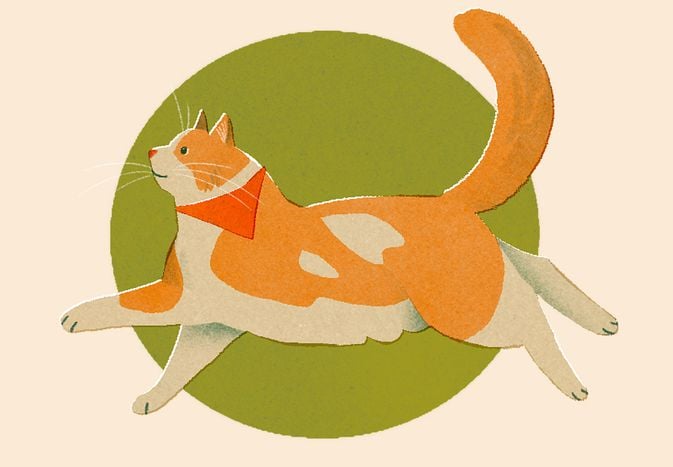
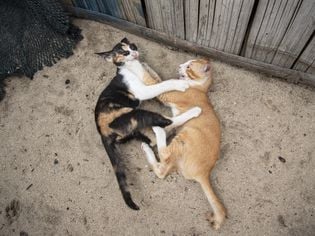
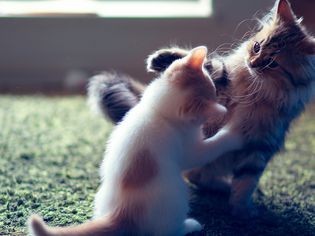
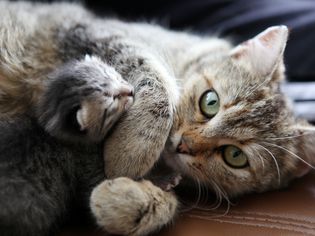
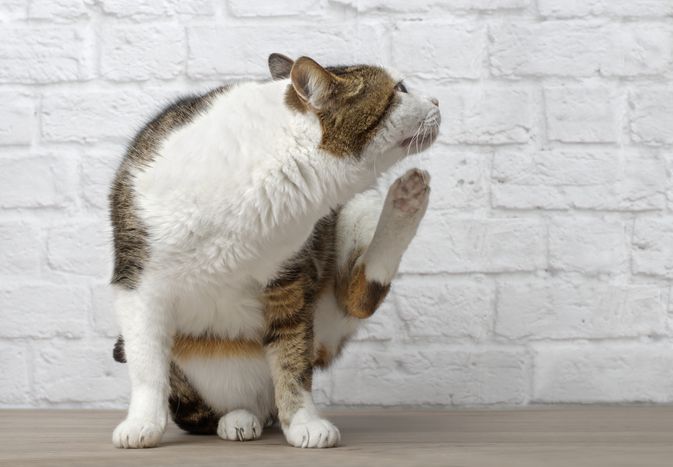
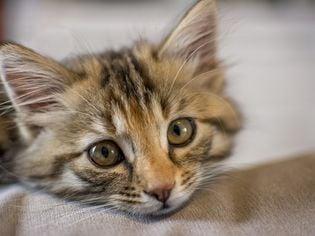
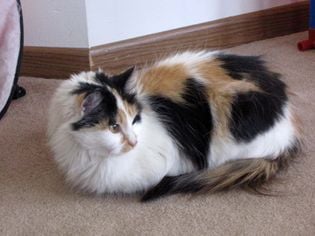
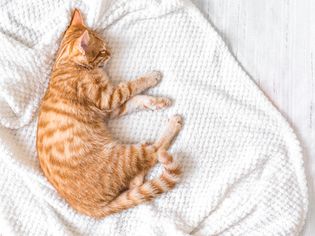
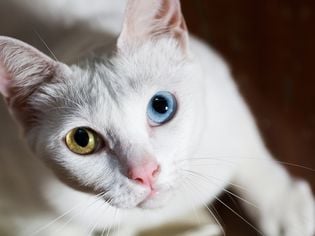
Comments on " How Much Exercise Do Cats Need? Here's What To Know" :